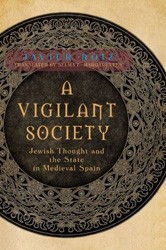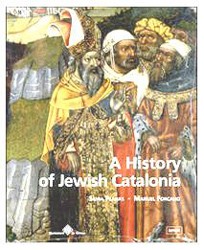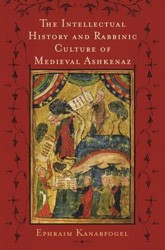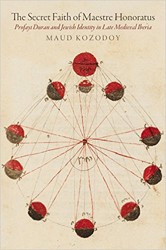Frontiers are open areas where the ambitious often find opportunity. When the Christian kingdoms of the northern Iberian Peninsula reconquered the south from the Muslims in the early 13th century, they sought to repopulate the territory, opening opportunities for Jewish as well as Christian pioneers.
Drawing on largely unpublished research, Jonathan Ray, visiting assistant professor of Jewish history at UCLA, describes a fluid and dynamic Jewish society in southern Iberia, in contrast to the view that the new settlers congregated in established communities. Jewish communities were, in fact, few, and powerful families, often relying on royal favor, moved freely, unhampered by communal standards and authority and Christian restrictions. Jews often chose to live outside Jewish quarters, if they existed, and participated in the overall growth and activity of the area. The crown used loyal Jewish courtiers to extend its control over the local nobility, and only toward the end of the century did it begin to rein in Jewish mobility and interaction with the Christian community.
In its well-stated arguments, The Sephardic Frontier shows individual Jews and dynastic families as significant participants in the expansion of southern Iberia and gives students of the period a new perspective.
Maron L. Waxman, retired editorial director, special projects, at the American Museum of Natural History, was also an editorial director at HarperCollins and Book-of-the-Month Club.





